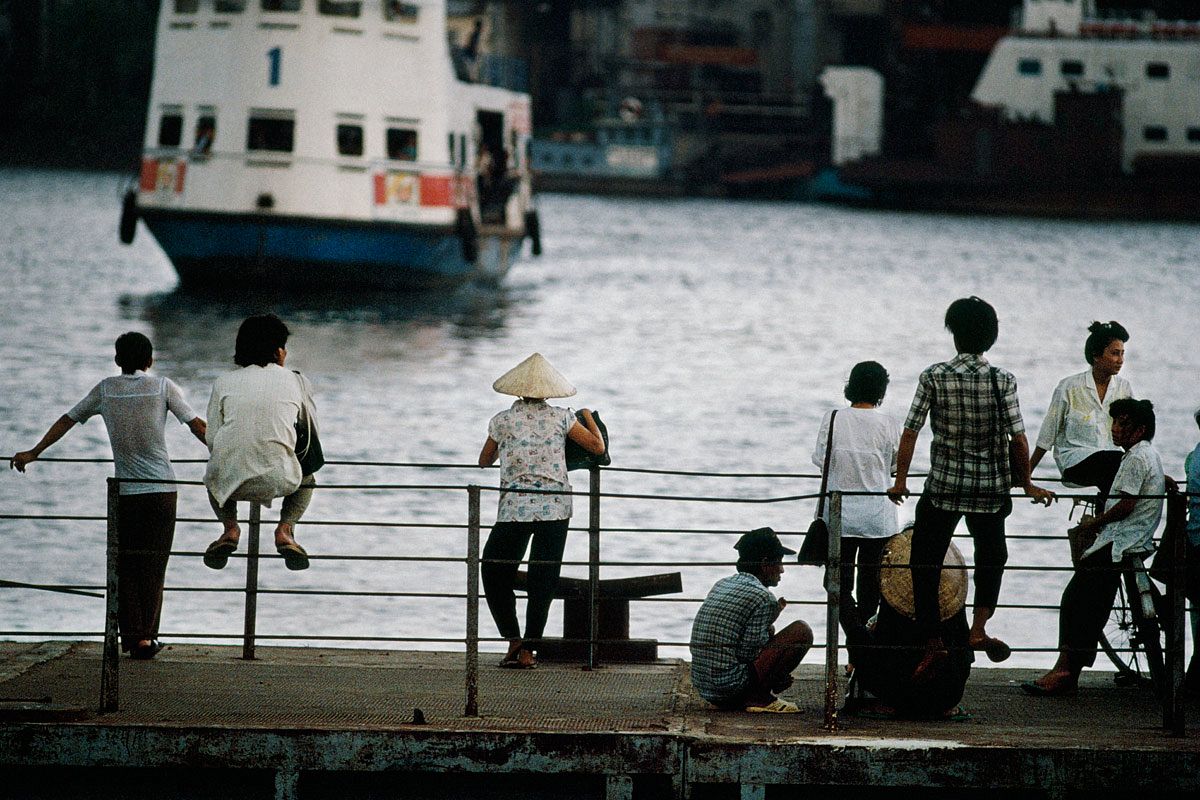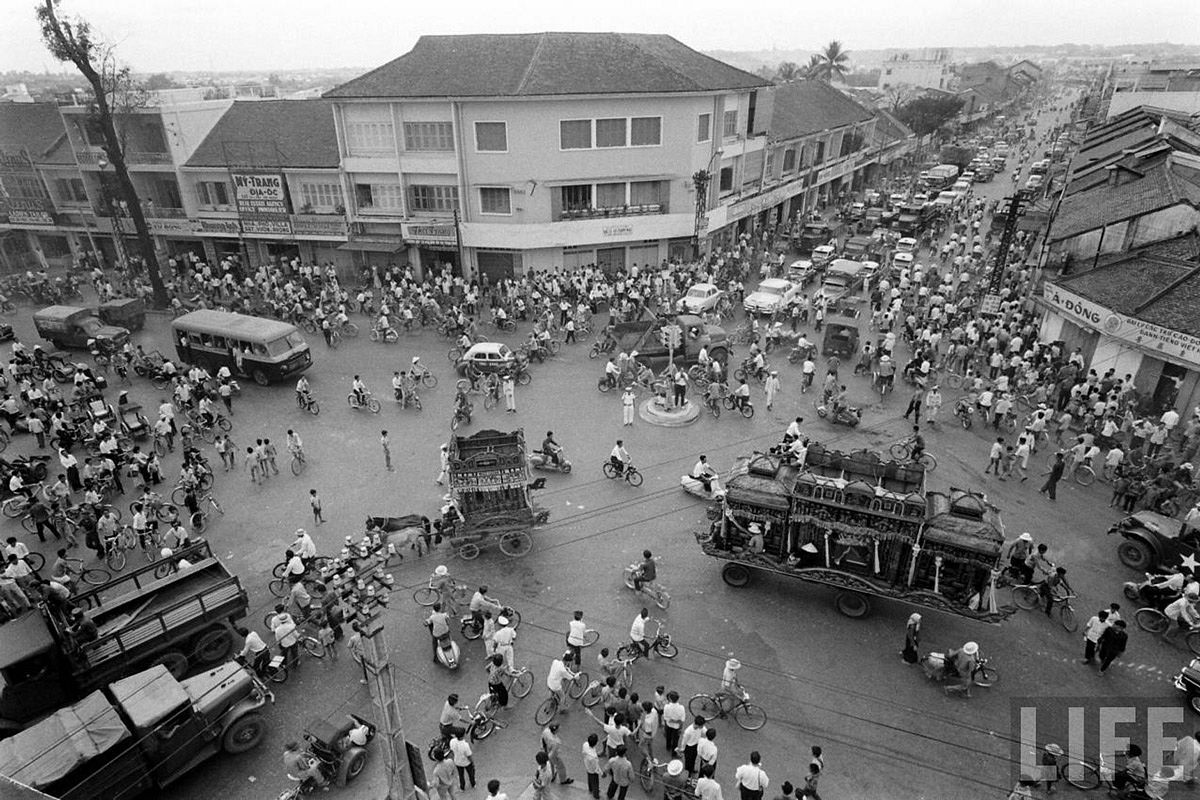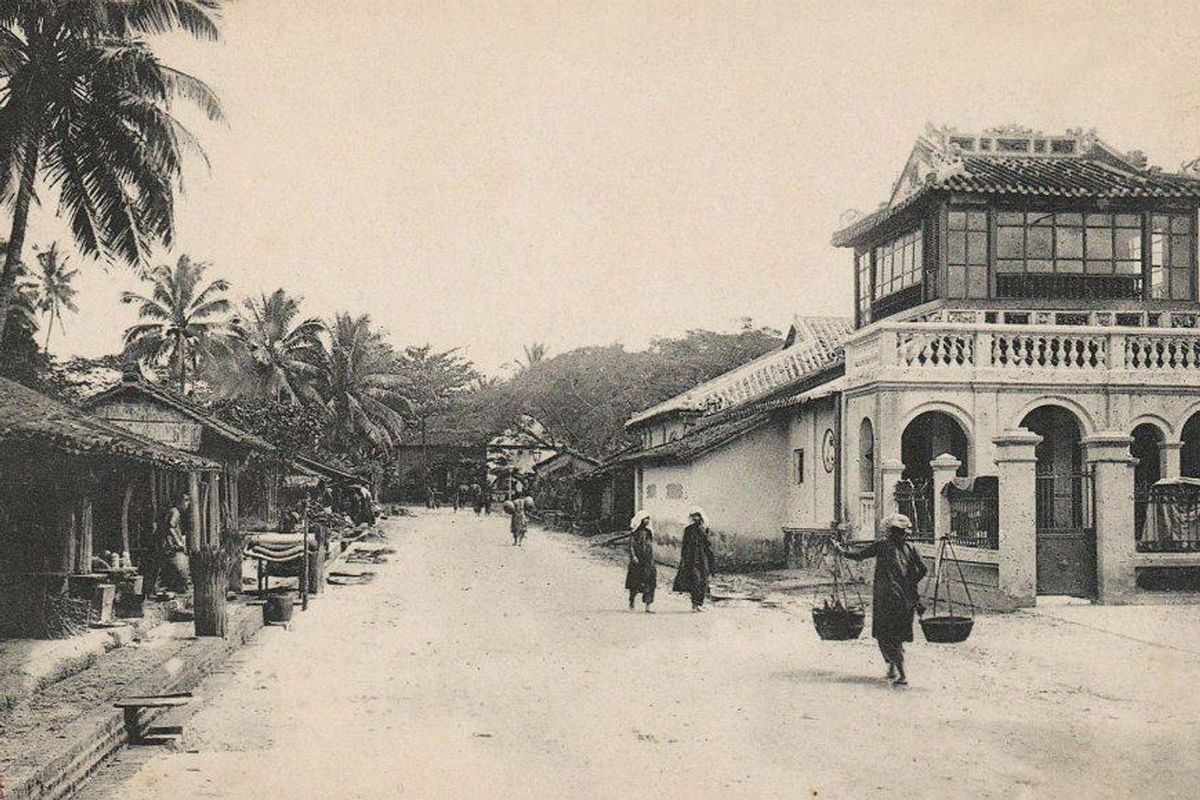Permission has now been given to demolish another of the city’s old French buildings, the former SAMIPIC mansion at 606 Trần Hưng Đạo.
In April 2015, Saigoneer reported that the authorities were considering an application to destroy the old mansion at 606 Trần Hưng Đạo in order to make way for a new tower block. It is understood that city leaders have now given this plan the green light and demolition is expected to commence very soon.
According to local historians, 606 Trần Hưng Đạo was once the site of an old Khmer pagoda, but by 1932 that structure had been demolished to make way for the current building, an elegant villa built for the state-franchised charity lottery company known as the Société pour l’Amélioration Morale, Intellectuelle et Physique des Indigènes de Cochinchine (SAMIPIC).

Set up by decree of the Governor of Cochinchina in October 1927 to administer a 600,000-piastre state lottery, SAMIPIC was run by a committee which “grouped together the elite of Annamite society” (Gazette Coloniale, 1936). It sold two-piastre lottery tickets to the public and then donated a substantial part of its income to charitable, health and educational causes in Cochinchina. It also “organized conferences, and every year offered a number of scholarships in France and in the colony to the most deserving students”.
SAMIPIC’s achievements included setting up the Maison des Associations Annamites in Saigon in 1929 and funding the construction of the “Maison Indochinoise” at the Cité Universitaire de Paris, which was inaugurated on March 22, 1930 by French President Gaston Doumergue and the young King Bảo Đại.

SAMIPIC was initially housed in a small villa at 76 Rue de Lagrandière (Lý Tự Trọng), but on February 16, 1933, La Croix newspaper reported the inauguration of its brand new headquarters at 96 Boulevard Galliéni (now 606 Trần Hưng Đạo). The building was later described as “superb”, with “magnificent decor” (Écho Annamite, September 6, 1941).
After the departure of the French in 1954, the villa was acquired by the American government and became home to the Military Assistance Advisory Group (MAAG), which coordinated the supply of military hardware, training and assistance to the French and subsequently to the Republic of Vietnam. Because of its high profile, the villa was one of three US installations in the city targeted by the National Liberation Front on October 22, 1957.
In February 1962, following the arrival of the first US Army aviation units, MAAG became part of the Military Assistance Command Vietnam (MACV), which was set up to provide a more integrated command structure with full responsibility for all US military activities and operations in Vietnam.

At first, MACV staff shared the villa at 606 Trần Hưng Đạo with their MAAG colleagues, but in May 1962 they were given separate accommodation on Pasteur Street. From that date until 1966, the villa at 606 Trần Hưng Đạo was known as “MACV II”. MAAG survived as a separate entity until May 1964, when its functions were fully integrated into MACV.
In 1966, following the transfer of all MACV operations to the new “Pentagon East” complex at Tân Sơn Nhất Air Base, the villa at 606 Trần Hưng Đạo was vacated by the Americans and became the headquarters of the Republic of Korea Forces Vietnam, which remained at the villa until the signing of the Paris Peace Accords in 1973.
Until recently the villa at 606 Trần Hưng Đạo was home to several local businesses.















